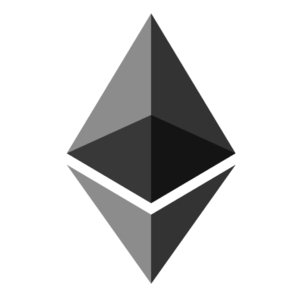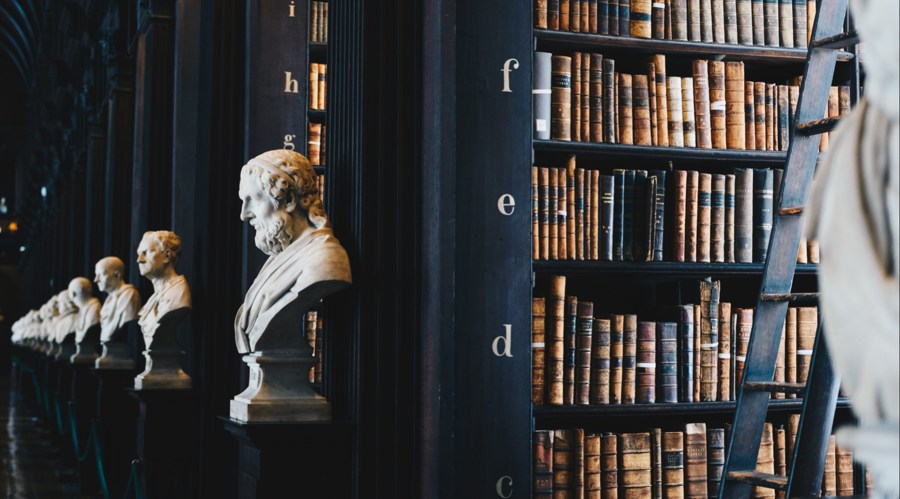The Ivy League is often associated with prestige, academic excellence, and a legacy of producing leaders in various fields. From world-class research to famous alumni, these schools have earned their reputation as some of the best in the world. So, what exactly makes the Ivy League stand out? Let’s dive into this guide to explore everything you need to know about Ivy League schools, their history, and what sets them apart.
What is the Ivy League?
The Ivy League consists of eight private colleges and universities in the northeastern United States, celebrated for their academic excellence, highly competitive admissions, and rich traditions. While the term “Ivy League” originally referred to the athletic conference formed in 1954, it has since become synonymous with elite academic prestige and status.
Today, Ivy League schools are recognized globally as leaders in education, offering unparalleled opportunities for learning, research, and professional growth. Students flock to these institutions for their distinguished faculty, state-of-the-art resources, and vibrant campus life. For those looking to stand out in competitive fields, attending an Ivy League school is often seen as a stepping stone to success.
If you’re researching these schools while juggling deadlines, paper writing services like essayservice.com can help you manage your assignments effectively so you can focus on your college applications.
What are the Ivy League schools?
The Ivy League schools are a group of elite educational institutions that share a legacy of academic excellence, highly selective admissions, and accomplished alumni. They have earned a global reputation for their rigorous programs, vibrant campus culture, and successful graduates.
How many Ivy League schools are there?
One frequently asked question is: how many Ivy League schools are there? The answer is simple: there are exactly eight.
These schools are not just prestigious for their academics but are also known for fostering leadership, critical thinking, and innovation. While each school has its unique strengths and campus culture, they all share a reputation for rigorous standards and influential networks.
List of Ivy League schools
Here’s a brief look at all eight Ivy League schools:
Brown University
Brown University, located in Providence, Rhode Island, is well-known for its open curriculum, which gives students the freedom to design their own academic journeys. Founded in 1764, Brown emphasizes student autonomy and intellectual curiosity. Its vibrant campus life and commitment to interdisciplinary learning make it a unique Ivy League experience.
Columbia University
Columbia University, situated in the heart of New York City, is one of the oldest and most distinguished institutions in the country. Its Core Curriculum ensures students gain a solid foundation in the humanities, social sciences, and natural sciences. Columbia’s location also offers students access to countless cultural and professional opportunities.
Cornell University
Cornell University, situated in Ithaca, New York, stands out for its combination of Ivy League prestige and a land-grant mission. Founded in 1865, Cornell is unique in offering both a focus on liberal arts and specialized programs, such as engineering, agriculture, and hospitality. Columbia’s beautiful campus and wide range of programs draw students from across the globe.
Dartmouth College
Dartmouth College, located in Hanover, New Hampshire, is the smallest Ivy League school but offers a close-knit community and personalized learning experiences. Known for its strong undergraduate focus and unique D-Plan (quarterly academic schedule), Dartmouth fosters hands-on learning and leadership opportunities.
Harvard University
Harvard University, located in Cambridge, Massachusetts, is widely regarded as the most recognizable Ivy League school. Founded in 1636, it is the oldest higher education institution in the United States. Harvard offers unparalleled resources, a renowned faculty, and a vast alumni network, making it a global leader in education, research, and innovation.
Princeton University
Princeton University, based in Princeton, New Jersey, is renowned for its picturesque campus, emphasis on undergraduate education, and robust financial aid programs. Princeton provides a rigorous academic environment while fostering personal growth and intellectual exploration.
University of Pennsylvania
The University of Pennsylvania (Penn), situated in Philadelphia, is renowned for blending liberal arts education with professional programs, offering students the best of both worlds. Founded by Benjamin Franklin, Penn is known for its Wharton School of Business, one of the top business schools in the world. Penn also emphasizes interdisciplinary studies and practical learning.
Yale University
Yale University, located in New Haven, Connecticut, is admired for its rich history, outstanding faculty, and thriving arts scene. Yale University’s residential college system creates a strong sense of community, while its academic programs emphasize critical thinking and intellectual innovation.
If you’re preparing applications or essays about these prestigious institutions, writing services like writepapers.com can help ensure your work meets the high standards these schools expect.
What are the Public Ivies?
The term “Public Ivies” describes public universities that deliver an Ivy League-quality education at a significantly lower cost. These schools combine top-tier academics with accessible tuition, making them an excellent option for many students.
Prominent Public Ivies include the University of California (Berkeley and UCLA), the University of Michigan, the University of Virginia, and the University of North Carolina at Chapel Hill. These institutions offer world-class education, extensive research opportunities, and competitive programs while maintaining the prestige often associated with Ivy colleges.
Public Ivies provide a high-quality education without the hefty price tag of private Ivy League schools, making them an excellent alternative for ambitious students.
Schools frequently mistaken for Ivy League
Many schools are often mistakenly labeled as Ivy League due to their prestige, selectivity, or academic excellence. However, while these institutions are highly respected, they are not part of the Ivy League.
Some of the schools frequently mistaken for Ivy League include:
● Stanford University: Located in California, Stanford University is often compared to Ivy League schools for its outstanding academic reputation and strong global influence.
● MIT (Massachusetts Institute of Technology): Focused on science, technology, and innovation, MIT is widely regarded as one of the world’s top universities.
● Duke University: Located in North Carolina, Duke is renowned for its strong academics, athletics, and campus culture.
● University of Chicago: With its emphasis on critical thinking and rigorous academics, UChicago is often mentioned in the same breath as the Ivies.
● Northwestern University: Known for its strong programs in journalism, business, and engineering, Northwestern is a top-tier institution often mistaken for an Ivy.
While these schools share similar qualities with Ivy League institutions, the Ivy League is a specific group of eight schools with its own historical and athletic roots.
Final Thoughts
The Ivy League schools represent academic excellence, history, and prestige, offering students unparalleled opportunities. While the Public Ivies and other elite universities offer similar benefits, the Ivy League remains a unique group with global recognition.
This article was written by FM Contributors at www.financemagnates.com.Thought LeadershipRead More
You might also be interested in reading BudBlockz (BLUNT) Aim to Dominate Crypto Whales’ Attention in 2023.



